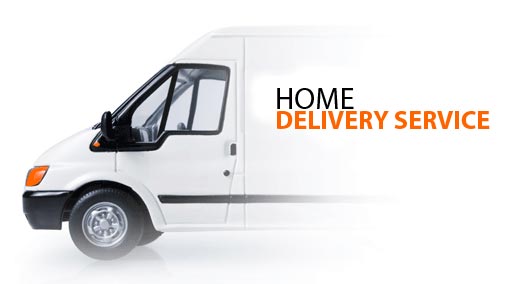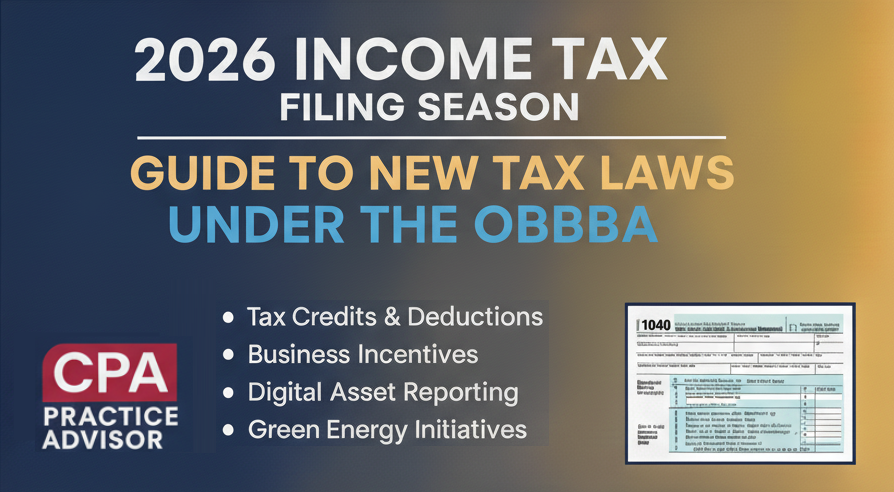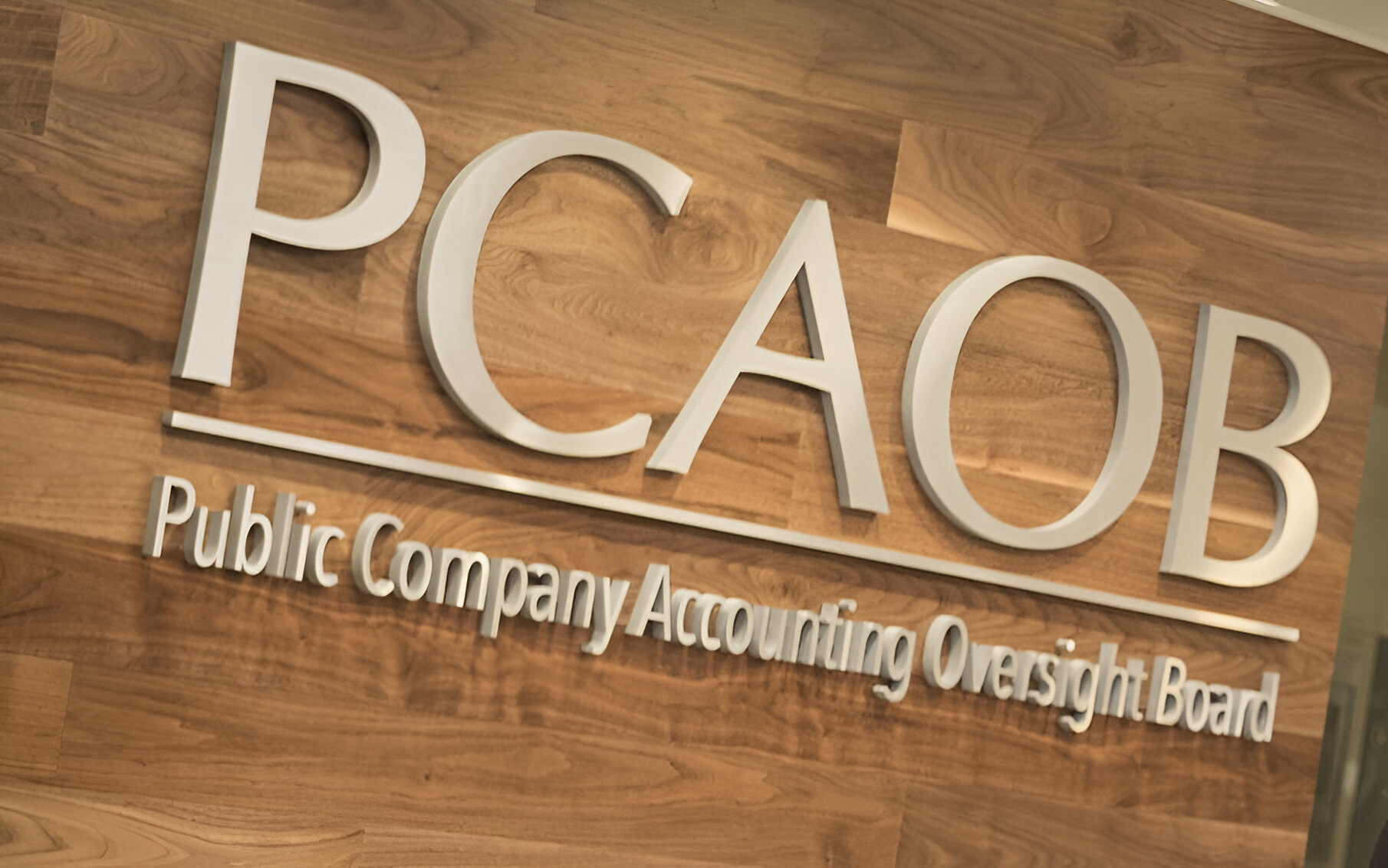You don’t have to work for UPS or FedEx to be on the road making deliveries. Increasingly, taxpayers are using their own vehicles to deliver goods or food as part of the “sharing economy.”
The exact requirements vary among the services, but the basic thrust is that you deliver items to customers, based on your own schedule. For example, if you work for Postmates, one of the best-known services, you can arrange to make deliveries during lunch hour for your regular job or when you punch out. It’s especially beneficial for individuals who work odd hours or have long stretches of down time.
As with Uber and Lyft, two of the prominent driving services in the sharing economy, you generally use your own vehicle. But this time you’re transporting goods, not passengers.
With Postmates, you might deliver food from a restaurant, clothes from a dry cleaners or groceries from a supermarket. You set your own hours. The company requires you to own a car, truck, bike, scooter, or motorcycle. Not only do you collect 80 percent of the delivery fee, you also pocket 100 percent of any tips.
Other services, like DoorDash and Roadie, operate in a similar fashion. DoorDash is used for food deliveries and Roadie for packages. The long list of delivery sharing services includes Saucey, Shipt, Minibar, Caviar, Favor and Sprig, among others.
For tax purposes, you’re generally treated as an independent contractor. Typically, this means that you must report the income earned from the delivery service as business income taxed at ordinary income rates, but you are able to claim deductions for qualified business expenses, subject to the usual rules and regulations.
In addition to reporting income from these delivery gigs, you’re also responsible for paying self-employment tax. For 2017, the self-employment tax rate is 15. 3 percent on the first $127,200 of self-employment income and 2.9 percent on amounts above that threshold, but half of the self-employment tax paid to the IRS is deductible.
Normally, you must meet your federal tax obligations as you go throughout the year. The IRS has established four quarterly due dates of April15, June 15, October 15 and January 15 of the following year. If the due date falls on a weekend or holiday, however, the deadline is moved to the following business day.
As with Uber and Lyft, you’re entitled to take a depreciation deduction for a vehicle used in your business. For example, if you make deliveries for Postmates in a pick-up truck and your business use constitutes 60 percent of your overall use, you can depreciate 60 percent of the truck’s cost under an accelerated cost recovery schedule, as well as deducting 60 percent of your related truck expenses (e.g., repairs and insurance). Note: Special annual limits apply to “luxury” cars, trucks and vans. Also, if your business use drops below 50 percent in a subsequent year, you can’t claim accelerated depreciation and you must recapture tax benefits from prior years.
Detailed recordkeeping is an absolute must. Taxpayers making deliveries as part of the sharing economy are encourage to seek professional guidance for their situation.
Thanks for reading CPA Practice Advisor!
Subscribe Already registered? Log In
Need more information? Read the FAQs




